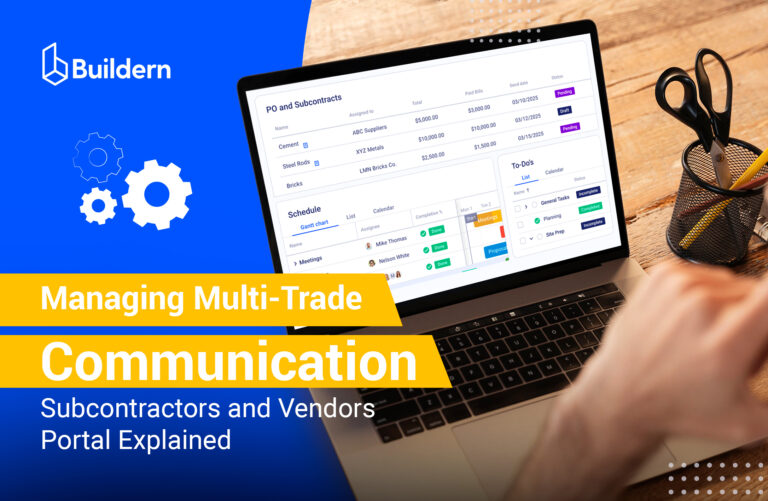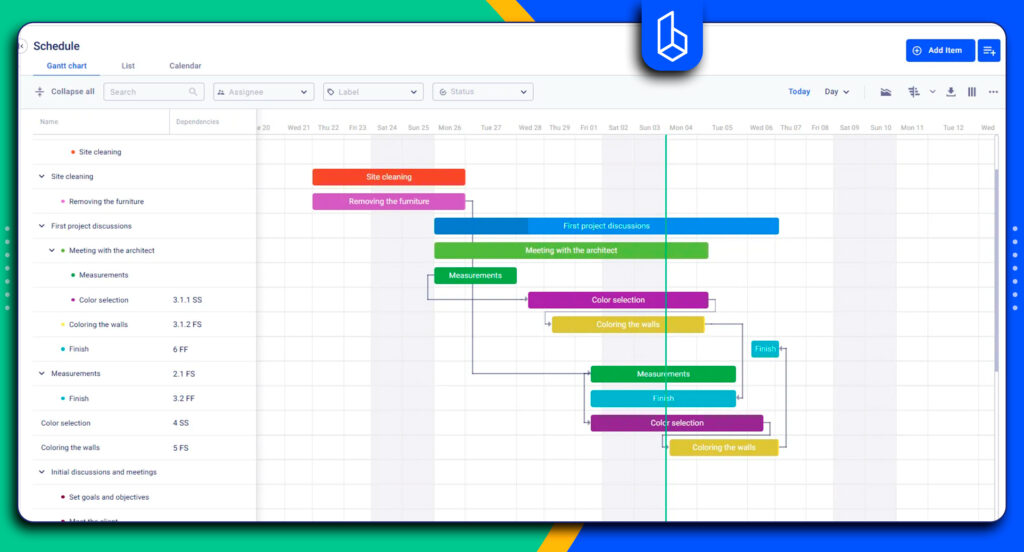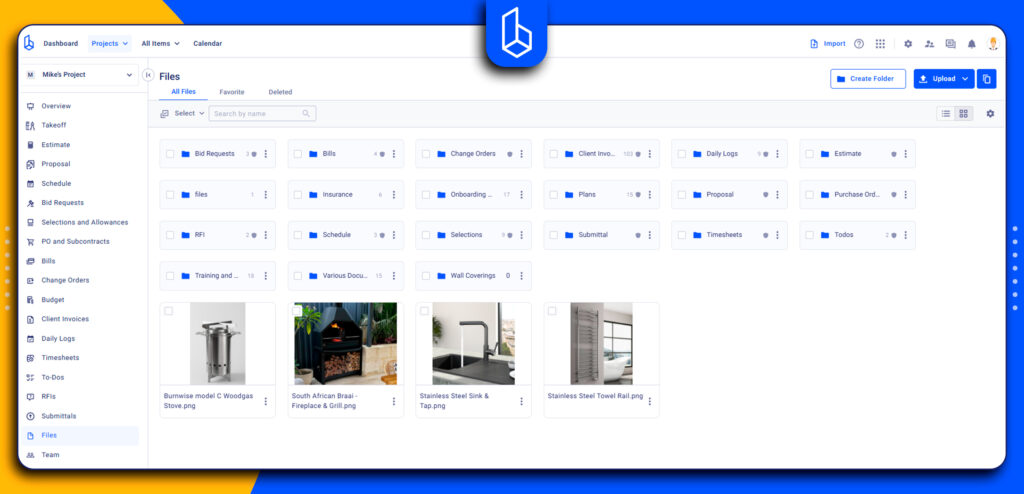Secret for Efficient Multi-Trade Communication: Subs and Vendors Portal

How often do project delays or cost overruns come down to one simple issue where different trades aren’t on the same page?
Collaborating with multiple subcontractors and vendors is one of the biggest challenges construction companies face. Everyone has their unique priorities and timelines, forcing you to adjust the communication style every time. I’ve worked with such teams, and trust me, the misalignment is inevitable.
Multi-trade communication through structured strategies and flexible subcontractor and vendor portals is the way out. By centralizing updates, documents, and workflows, such tools create a single source of information for all stakeholders.
Keep reading to see how digital portals can help you reduce confusion and move your projects toward successful completion.
Table of Contents
- Understanding Multi-Trade Communication in Construction
- Challenges of Managing Multiple Subs and Vendors Portal
- The Role of Digital Subcontractor and Vendor Portals in Streamlining Communication

Understanding Multi-Trade Communication in Construction
Construction projects rarely involve a single trade working in isolation. A successful one requires carpenters, electricians, plumbers, suppliers, and many other specialists to succeed. Such a multi-trade work environment suggests precise task coordination and clear communication, so the project progresses on schedule.
The interaction between multiple parties is what we call multi-trade communication. It doesn’t only suggest exchanging updates but ensuring each team has the right information at the right time. At its core, multi-trade communication covers the following key processes:
| 1. Task Coordination | Aligning the sequence of work so that one trade can begin only after another has completed the necessary steps. |
| 2. Information Sharing | Providing drawings, specifications, schedules, and change directives in accessible formats. |
| 3. Issue Resolution | Addressing conflicts and questions to prevent unexpected disruptions. |
| 4. Progress Tracking | Monitoring each subcontractor’s and vendor’s deliverables to ensure accountability across the project. |
When all these processes run smoothly, the project team reduces the risk of rework, minimizes wasted labor, and keeps costs under control. In contrast, poor communication often leads to silos, confusion, and disputes that can quickly cascade into major issues.
Challenges of Managing Multiple Subs and Vendors Portal
Managing communication with clients and across multiple subs and vendors is a complex process that comes with high stakes. Each trade brings its own schedule, documentation, and communication norms that need to be aligned with yours.
The cost of miscommunication sometimes is higher than most builders can imagine.
Construction rework due to poor data and communication is the first major driver of project waste. While accounting for over 52% of rework across projects, it’s how you end up with lost income. Even modest rework costs, for example, 5% on a $10 million job, equal half a million dollars in wasted labor, materials, and opportunity.
The picture is clear: fragmented communication is not an administrative annoyance, but a consistent contributor to inefficiency, delays, and disputes.
Information Silos and Fragmented Communication
When teams rely on different communication tools or even more informal channels like text messages and phone calls, critical details may remain tapped within one group. It means not everyone has access to the same versions and updates.
For instance, I once witnessed how a supplier emailed a delivery delay to the project manager, but the site superintendent never saw it. As a result, the drywall crew arrived at the construction site expecting materials that had not been delivered. The crew spent half a day idle, and the builder had to reschedule multiple follow-up trades. That small communication gap multiplied into lost labor hours, wasted money, and tension across teams.
Contract and Compliance Tracking Difficulties
Keeping contracts and compliance obligations current and accessible is vital to avoid major project setbacks. Each subcontractor and vendor agreement covers a wide range of obligations, from insurance certificates and safety compliance to payment terms and scope definitions. The lack of a central place to track these can quickly escalate into missed updates and project delays.
Scheduling Conflicts and Change Order Management
Coordinating multiple trades means constantly adjusting schedules as conditions change on the ground. If you don’t communicate the updates on time and don’t study the critical paths, trades may end up overlapping in the same space or showing up at the wrong time.

Imagine an electrician scheduled to install wiring in a wall that drywallers have already closed because a change order wasn’t passed along quickly enough. The wall must be reopened, adding rework costs and frustration for everyone involved.
The example highlights how unmanaged scheduling conflicts and poorly communicated change orders create unnecessary inefficiencies. Aligning schedules and making every change order visible to all relevant parties helps prevent these clashes.
Limited Visibility Into Responsibilities and Deliverables
“Whose job was this?”
This has been one of the most common causes of disputes I’ve seen among construction teams.
When sending out bid requests, it’s crucial to establish clear visibility into what each subcontractor or vendor is responsible for and ensure the managers track the deliverables against that scope.
The Role of Digital Subs and Vendors Portal in Streamlining Communication
Digital portals are among the most effective ways to address the challenges of managing multiple vendors at the same time. The subs and vendors portal removes the unnecessary phone calls, scattered emails, and disconnected spreadsheets.
The benefit is alignment. When every workflow happens in one place and task assignments are transparent, nothing gets lost. You can upload schedules in real time, store all the compliance-related documents in relevant folders, and reduce confusion.
At a broader level, these portals also foster trust and accountability. Subcontractors know their deliverables are clearly documented, vendors can confirm that purchase orders and delivery updates are accessible, and the builder maintains visibility across every trade.
Centralized Communication Hub for Subcontractors and Vendors
In construction, too many updates move through endless emails or text threads. A shared digital space changes that. With a single communication hub, every subcontractor and vendor can see the same schedule, documents, and task notes at once. Nothing is buried in an inbox or missed during a call.

Project managers post an update once, and every electrical, framing, plumbing, or finishing work is from the same version. It’s faster, cleaner, and less confusing. People stop chasing messages and start focusing on the actual build.
Document and Contract Management in One Place
Paper contracts and folder systems slow everyone down. A digital workspace keeps all vendor agreements, insurance forms, and compliance certificates where they belong in one organized list. Each trade uploads what’s needed, while managers can confirm expiry dates or missing items in seconds.

When contracts and scopes sit side by side with schedules, no one has to guess who’s responsible for what. The office keeps visibility, the field keeps clarity, and both sides avoid preventable hold-ups.
Real-Time Updates and Task Visibility
Jobsites change by the hour. Weather, deliveries, or late approvals can shift priorities quickly. A connected system shared via construction mobile apps updates those details in real time, so field workers see what’s changed before they waste time setting up in the wrong area.
Superintendents track progress from a single dashboard, and subcontractors can confirm when their phase is ready to start. That constant visibility saves rework, keeps budgets steady, and helps everyone plan their next move with confidence.
Managing Bids, RFIs, and Change Orders Collaboratively
Bid requests, RFIs, and change orders create the most paperwork in a project. When they live inside the same platform, it’s easier to follow the full thread of who asked, who answered, and what was approved. Each document carries its own history, so there’s no dispute later about what was said or when.
Builders send invitations, compare prices, and award contracts without jumping between spreadsheets. RFIs stay logged for reference, and change orders appear on every affected schedule automatically. Everyone involved sees the same records and message threads, working from facts instead of assumptions.

Final Ideas
- A shared subs and vendors portal keeps every team member aligned with the same schedules, updates, and documents, reducing confusion and rework.
- When agreements, compliance files, and scopes are kept and tracked from a single source, responsibilities are clear and easily verified.
- Connected teams respond to on-site changes immediately, preventing idle time and cost overruns.

What Is Multi-Trade Communication in Construction?
Multi-trade communication refers to the coordination and exchange of information among different subcontractors, vendors, and project teams working on the same construction site. It ensures that every trade has the latest updates, schedules, and task details, helping projects stay on time and within budget.
Which Method Is Best for Effective Communication in Construction?
The most effective approach is using a centralized digital portal where all subcontractors and vendors can access schedules, documents, and updates in real time. This method replaces scattered emails and calls with structured, transparent communication that minimizes delays and misalignment.
How Do Communication Breakdowns Affect Construction Projects?
Poor communication often leads to scheduling conflicts, rework, and cost overruns. When updates or change orders don’t reach every trade, work may be duplicated or delayed, causing unnecessary waste and disputes among teams.


